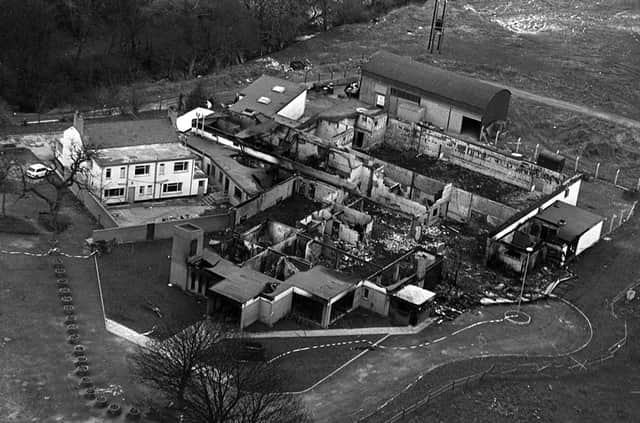Human rights body calls for Public Inquiry into 1978 IRA La Mon atrocity which killed 12


In 2014, the then Secretary of State rejected calls for a Public Inquiry on grounds of insufficient evidence.
Since then, new information about the PIRA bomb team has come to light, which the human rights body says justifies its fresh demand for a Public Inquiry.
Advertisement
Hide AdAdvertisement
Hide AdUlster Human Rights Watch (UHRW) Advocacy Manager, Axel Schmidt, said: “This was an appalling crime and even thought it happened 42 years ago, we should never give up our search for truth and justice.
“We are aware of the existence of official documents that identify some of the other PIRA terrorists involved in the incendiary attack.
“There was an investigation conducted by the PSNI’s Historical Enquiries Team (HET), and we know that documents held by the Public Records Office of Northern Ireland bear redacted names and nicknames which more than justify a Public Inquiry.
“We have now submitted a request to the Secretary of State for a Public Inquiry which would give survivors and relatives some closure. The request is made on behalf of fifteen victims of La Mon who live in Canada, England, Wales and Northern Ireland.
Advertisement
Hide AdAdvertisement
Hide Ad“This is one case that won’t go away and we believe there is sufficient new material now available to warrant such an inquiry.”
UHRW says the purpose of the inquiry will be to find out the identities of all IRA terrorists involved in ordering, planning and executing the bombing and provide a full account of their involvement.
Secondly, it wants to know why IRA suspects identified by the only person convicted of the bombing were not arrested and questioned.
The UHRW Submission states: “This Public Inquiry would require full access to all documentation and relevant exhibits of the original criminal investigation as well as to all original intelligence material and government papers gathered by the Security Service, the Ministry of Defence, the Home Office or the Northern Ireland Office, in relation to the attack.”